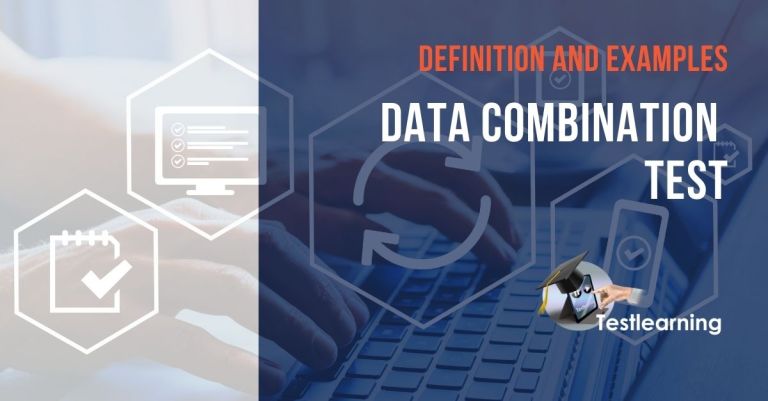
Data combination test (DCT): the ins and outs
There are several methods to test software according to the TMAP methodology. One of these is the data combination test (DCT). The name of this test outlines what this test is about. In this article you can read more about the use of the test.
What is a data combination test (DCT)?
A data combination test (DCT), or data combination test, is a software testing technique which is used to test combinations of system functions. When performing a DCT, the goal is to simulate as many scenarios as possible with as few tests as possible. When using a DCT, you can identify potential errors and problems in your system. This type of testing is especially useful for (software) systems with multiple inputs and outputs.
Other test design techniques
The test is often used in conjunction with other test design techniques. By choosing the right test techniques, you as a software tester can find and fix errors in software quickly and efficiently. If you want to improve the quality of the software's features, you might consider using a data combination test. This type of test can help you find and fix errors before they cause problems after implementing the software.
What can you test with a data combination test?
So a DCT is a TMAP testing technique used to test combinations of system functions with the goal of simulating as many situations as possible with as few tests as possible. This can be a valuable tool for finding bugs because it allows you to test a wide variety of scenarios in a short period of time.
The difference and advantages over other tests
Data combination tests also differ from other types of tests because they focus on data rather than code. By using this type of testing, you can examine how data affects your system. This can help you find bugs and improve the quality of the software. Ultimately, testing data combinations can provide a number of benefits:
- Better system quality
- Lower costs
- Increased efficiency
Why is data combination testing important?
These tests are an important form of software testing because it allows you to verify the proper functioning of multiple systems in parallel. In addition, you can detect errors that may not be found with other forms of software testing. This makes data combination testing an important part of the quality assurance process!
How do you perform a data combination test (DCT)?
There are many different ways to perform a DTC. However, the most common approach is to create a table of all possible data combinations and then test each combination. You have the option of testing them all at once or you can test them one at a time. There are advantages and disadvantages to both options:
- Testing all data combinations at once can be more efficient, but it can also be more complicated and error-prone.
- Testing them one at a time is less efficient, but less likely to cause errors.
Which approach you choose depends on the specific situation and your own preferences. What is important is to make sure that you test all data combinations. This is the only way to be sure that your system works correctly!
Who should use this test?
The DCT can be used by anyone who wants to verify the correct operation of multiple systems in parallel. This can include system administrators, developers, and quality assurance professionals. By using the DCT, you get more assurance about the cooperation of different system functions.
What are some common data combination tests?
Some common data combination tests are the data integration test, the data validation test, and the data conversion test.
- The data integration test is used to verify the proper functioning of data integration processes.The data validation test is used to verify the accuracy of data.The data conversion test is used to verify the accuracy of data conversions.
What problems are common with DCTs?
A common problem with data combination tests is that they can be time consuming and expensive to implement. In addition, they can be difficult to set up and execute. As a result, tests should only be used when necessary.
Want to learn more about the data combination test?
The TMAP® Suite Test Engineer at Testlearning is an excellent resource for learning more about the test. You'll learn more about this testing technique through extensive course material. We also offer a range of tools and resources to help you put your knowledge into practice. With TMAP elearning, you can be sure that you are getting the best possible training in data combination testing.
Want to know more about Testlearning?
Would you like to stay up to date with developments around our test training programs? Then follow us on LinkedIn, subscribe to our monthly newsletter or read our blogs!
